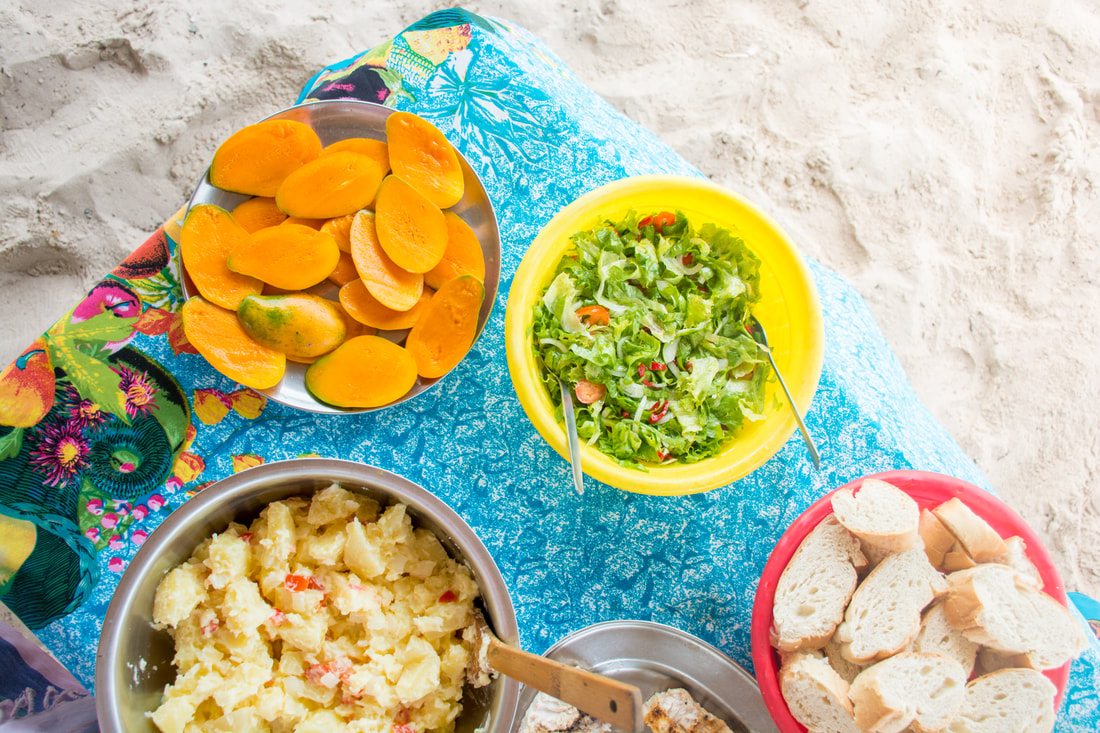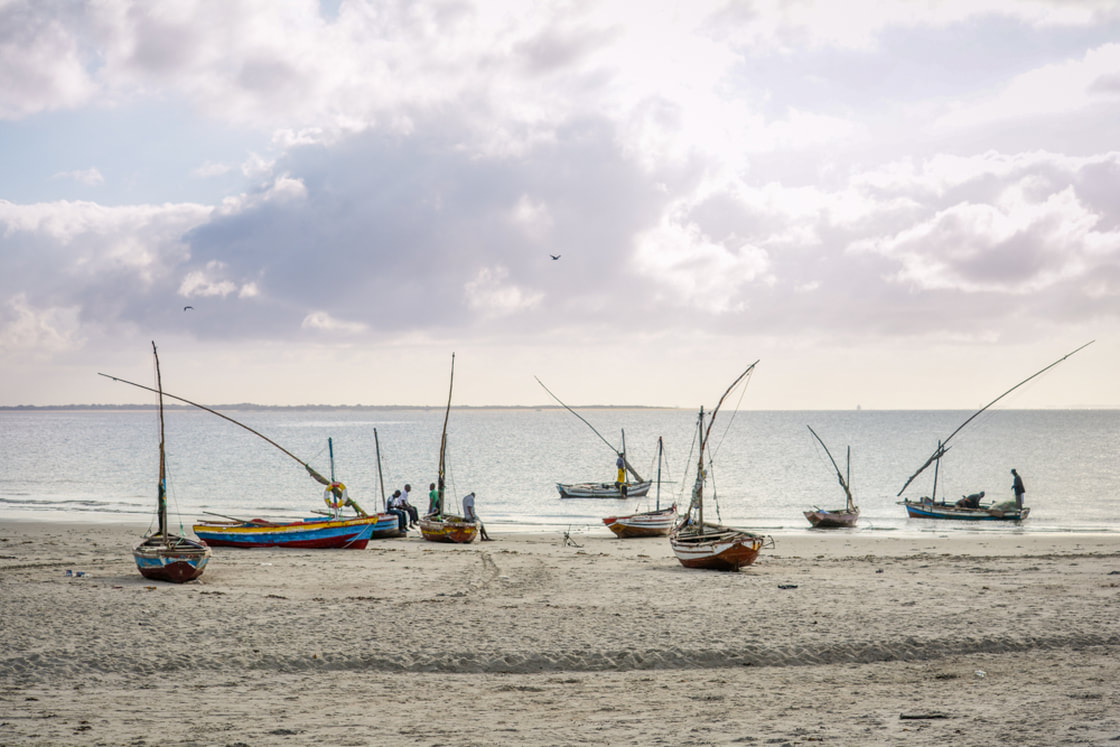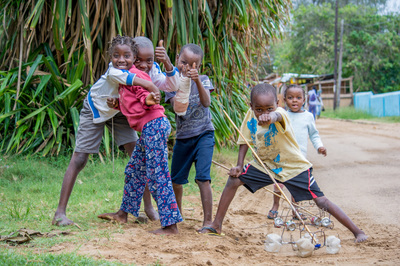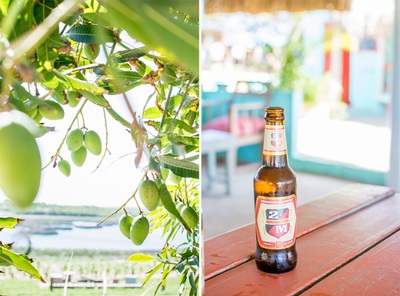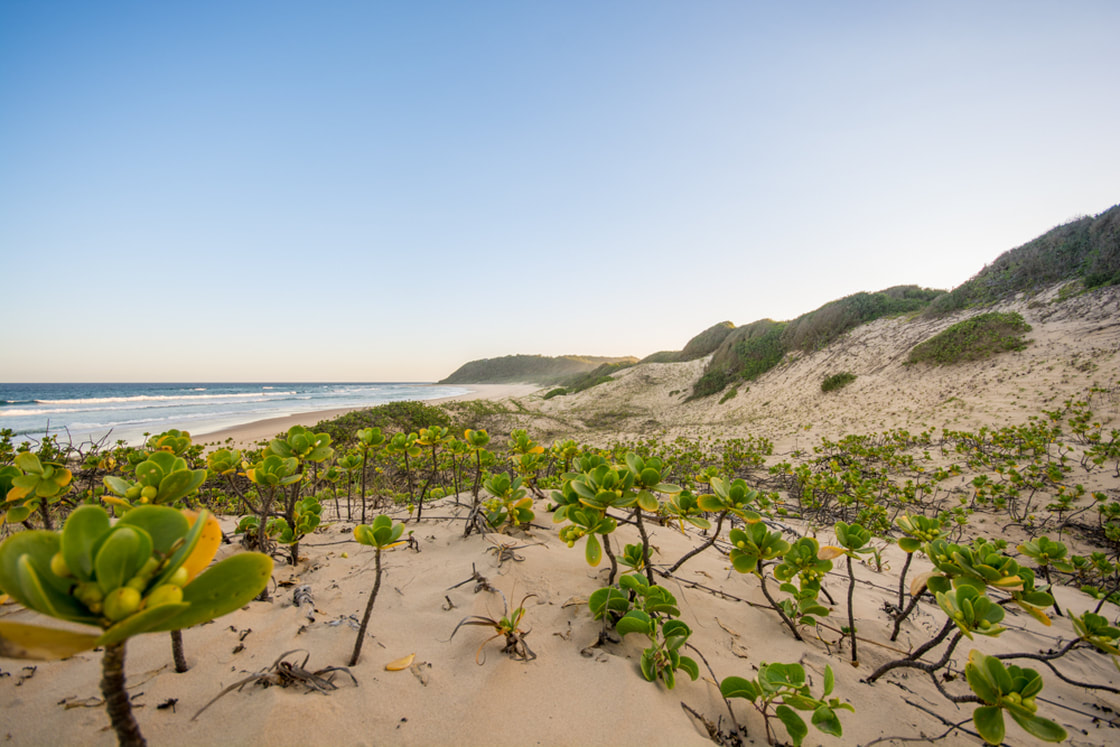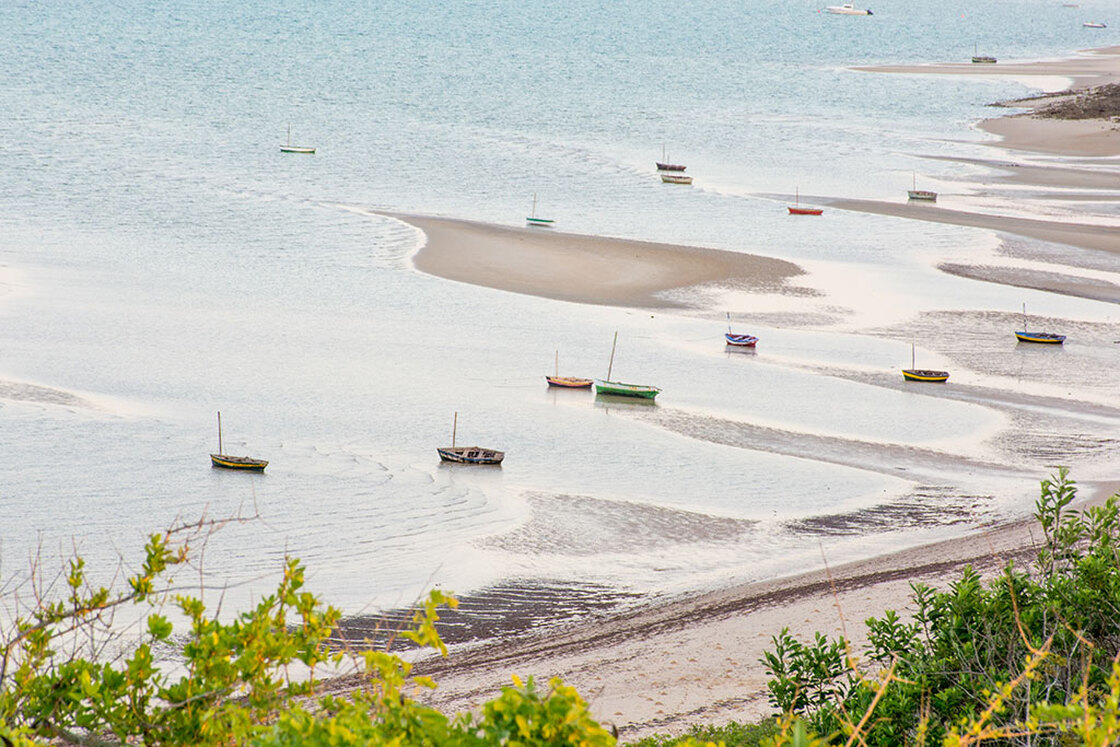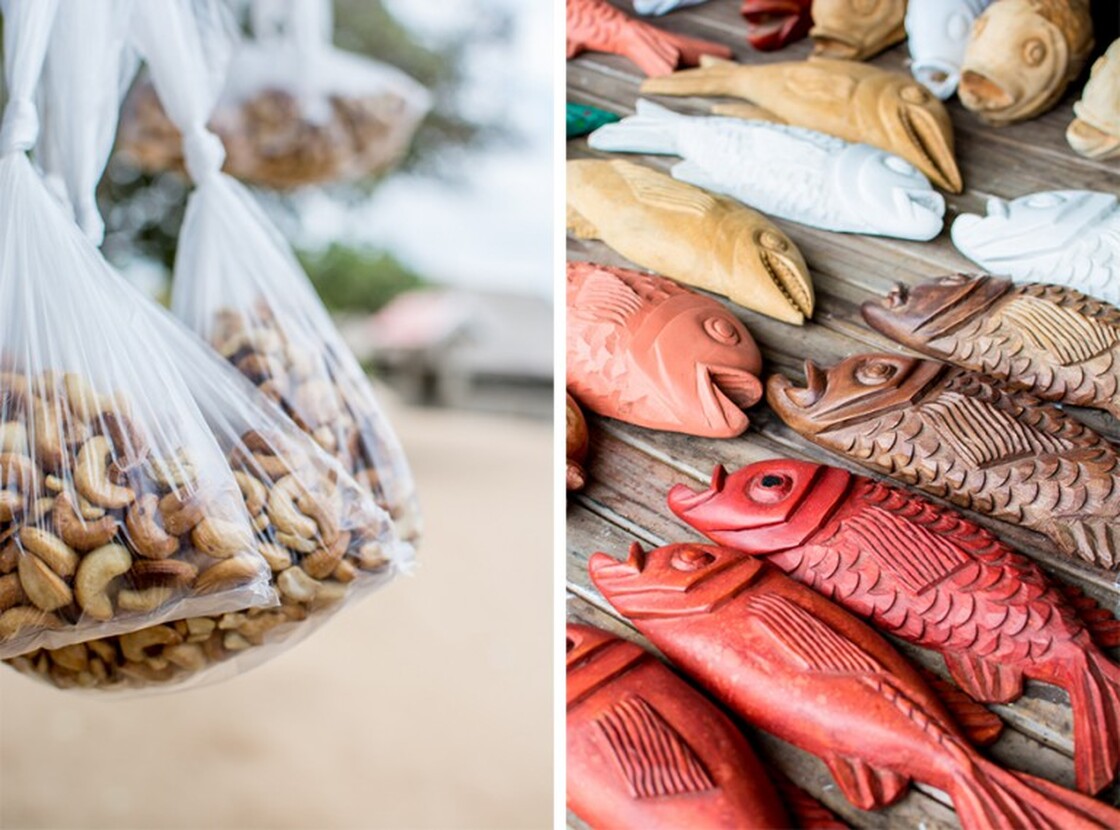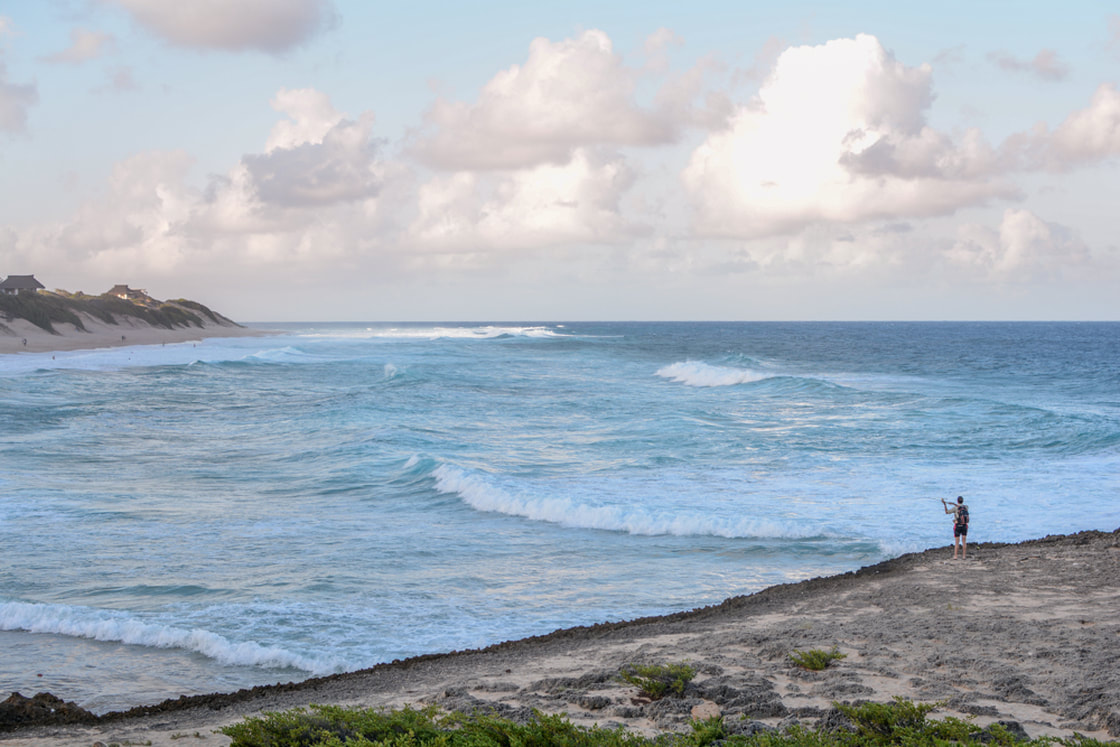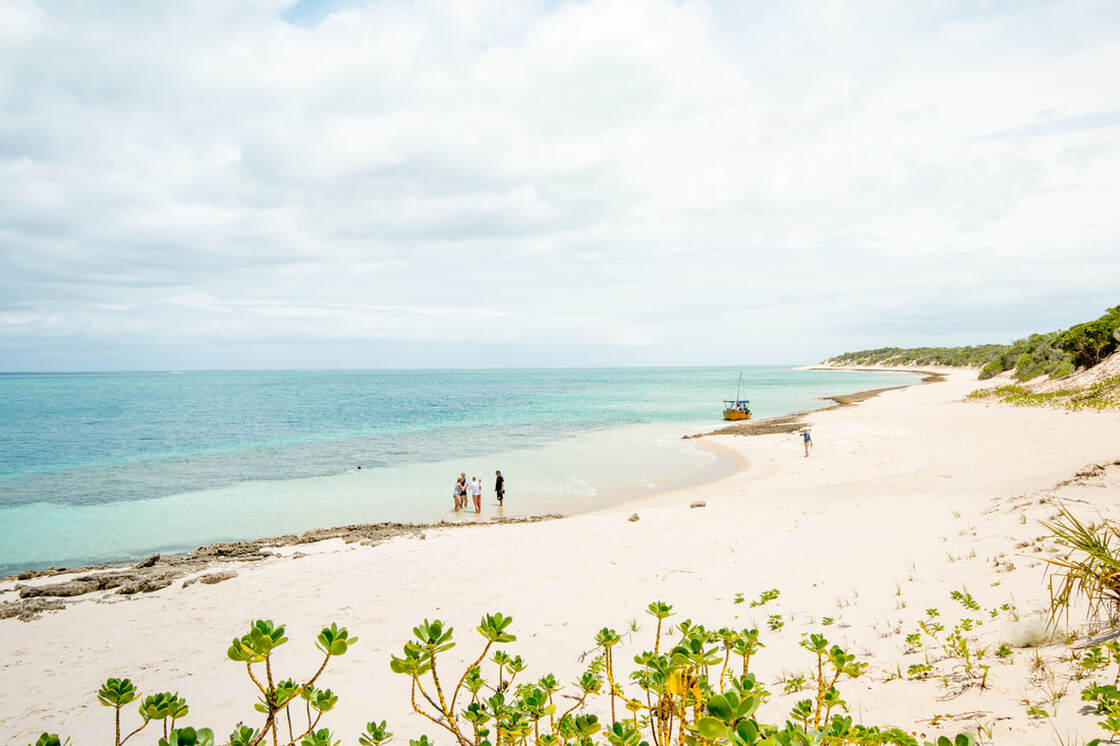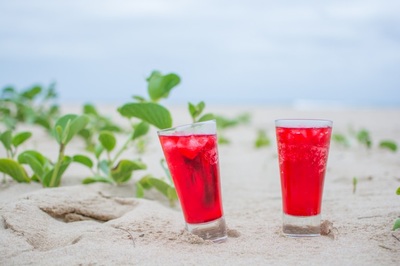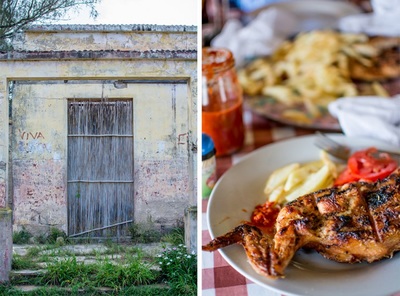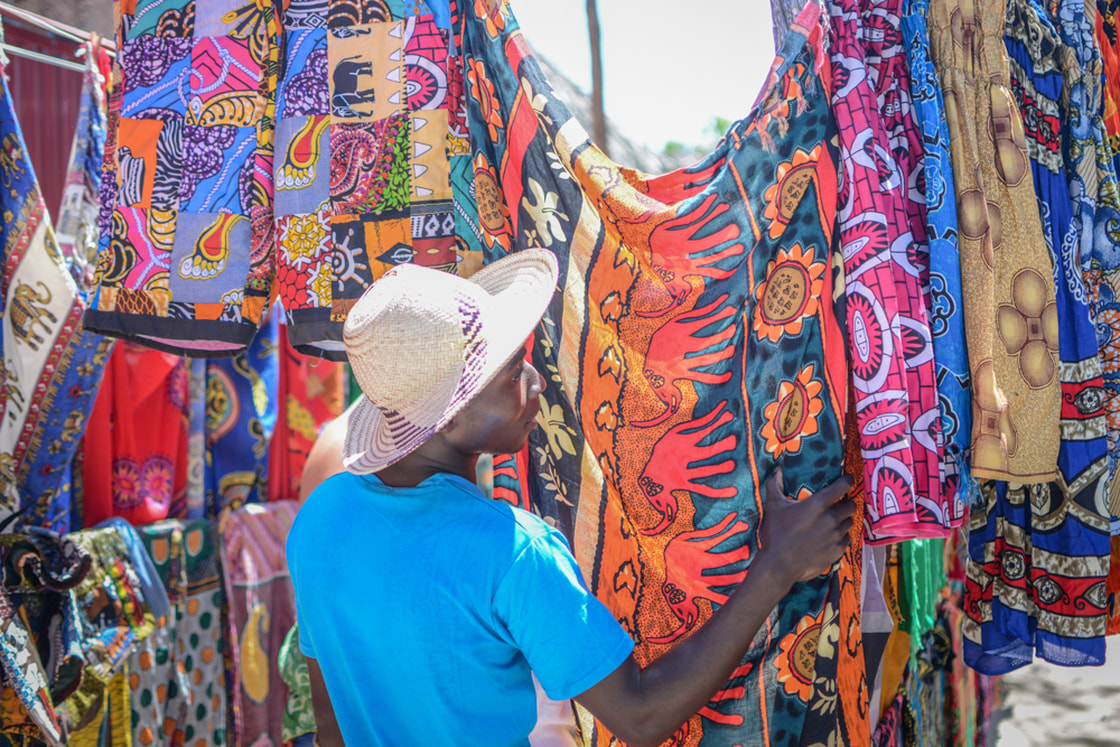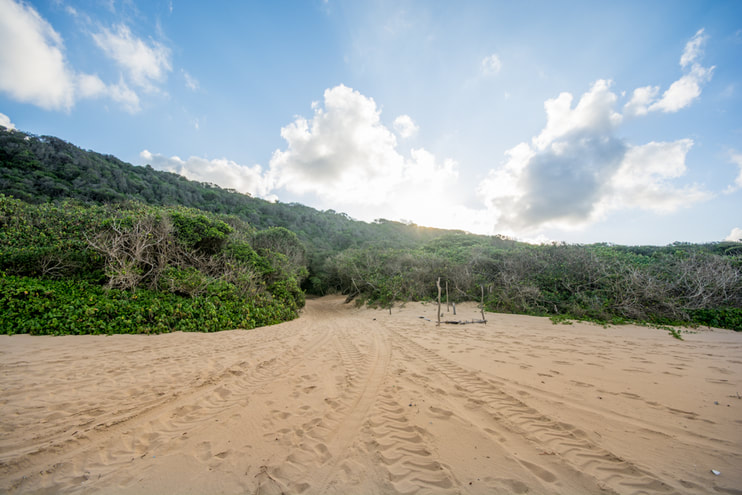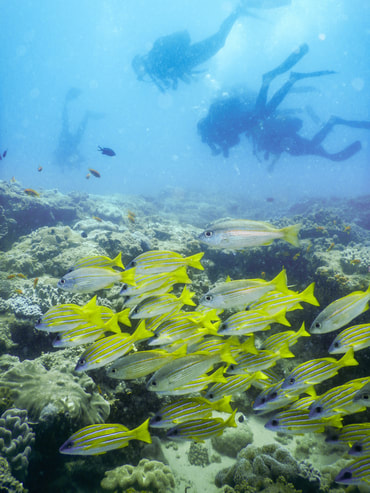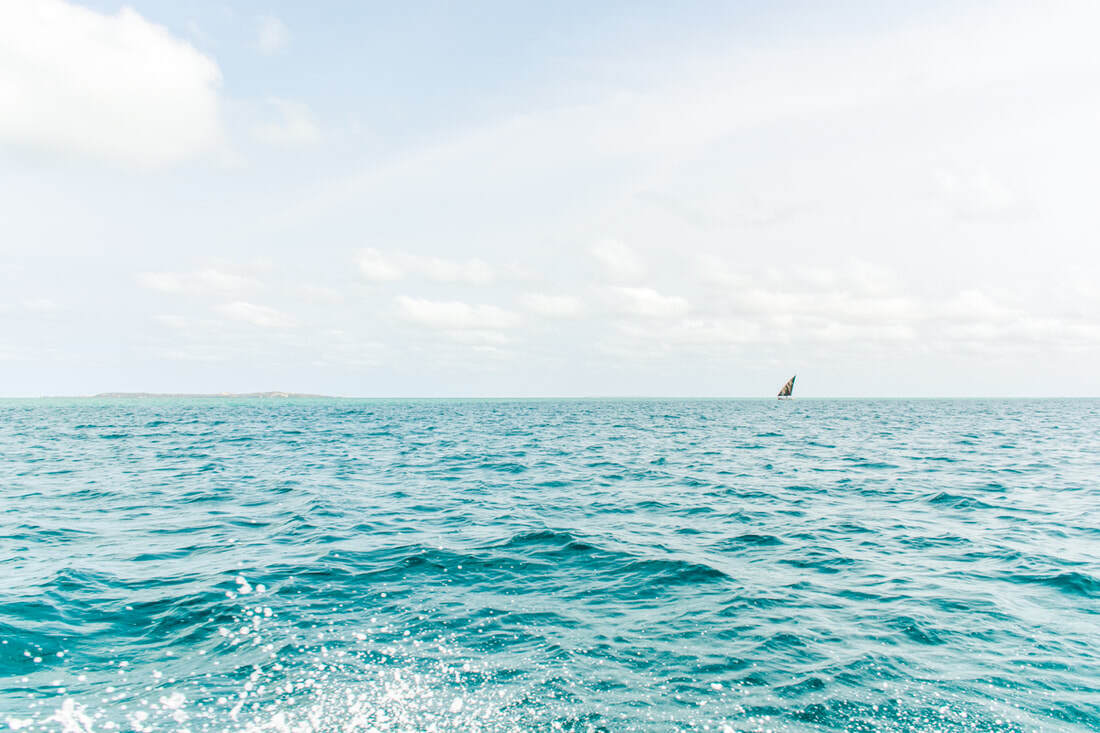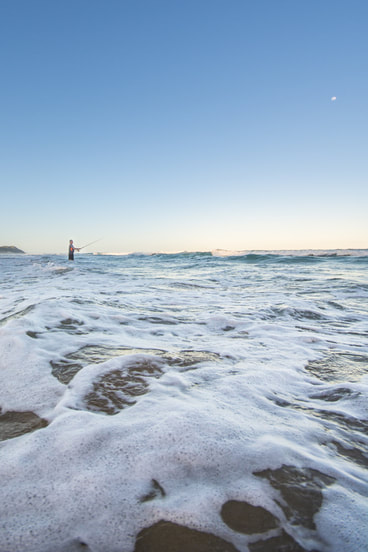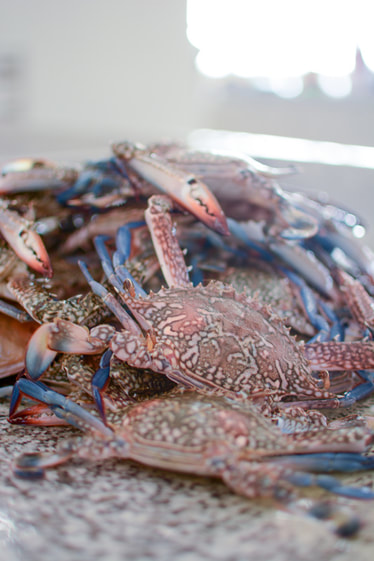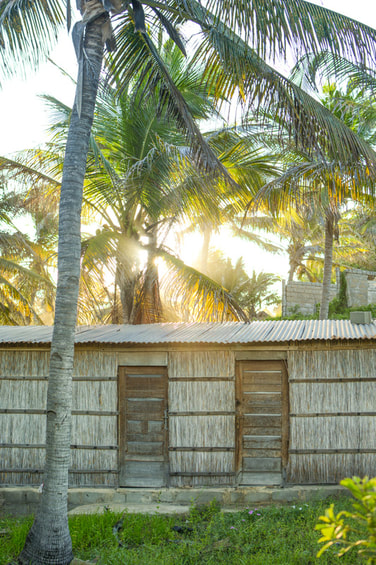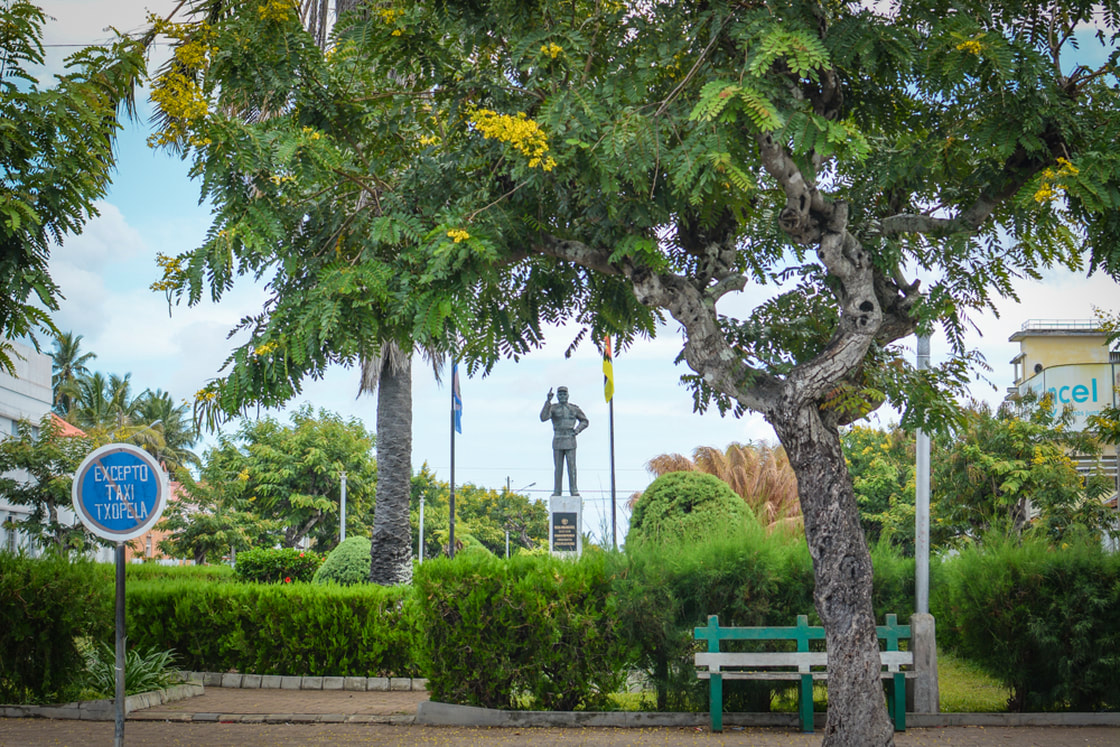MOZAMBIQUE
Tartaruga means turtle in Portuguese. If you visit between November and February, you may be lucky enough to spot these ancient reptiles laying eggs on the powder beaches, or even see the hatchlings. As I drove up every dune to assess estates and suss out campsites in souther Mozambique, my heart grew fonder of our accommodation at Tartaruga. It’s close enough to walk into the village of Malongane to find fresh bread made in a traditional wood-burning oven and browse the craft market near the camp entrance.
The village is a network of barefoot-friendly shebeens – every rustic hut has signs for beers and rum. There are a few general dealers selling Mozambican basics such as cashew nuts, eggs, onions, coconuts, beans and, when in season, small mangoes. Much of Mozambique is like this. Further north, Vilanculos is a kitesursufing mecca. These neon birds float over Mozambique’s warm transparent water as winds whip the shore’s palms into a soothing white noise.
But before kites, these coastal winds moved people in a different way. Dhows have been sailing the Indian Ocean, linking people, islands and economies, for over a thousand years.
The village is a network of barefoot-friendly shebeens – every rustic hut has signs for beers and rum. There are a few general dealers selling Mozambican basics such as cashew nuts, eggs, onions, coconuts, beans and, when in season, small mangoes. Much of Mozambique is like this. Further north, Vilanculos is a kitesursufing mecca. These neon birds float over Mozambique’s warm transparent water as winds whip the shore’s palms into a soothing white noise.
But before kites, these coastal winds moved people in a different way. Dhows have been sailing the Indian Ocean, linking people, islands and economies, for over a thousand years.
